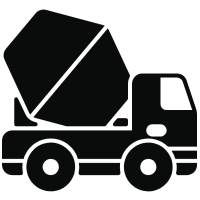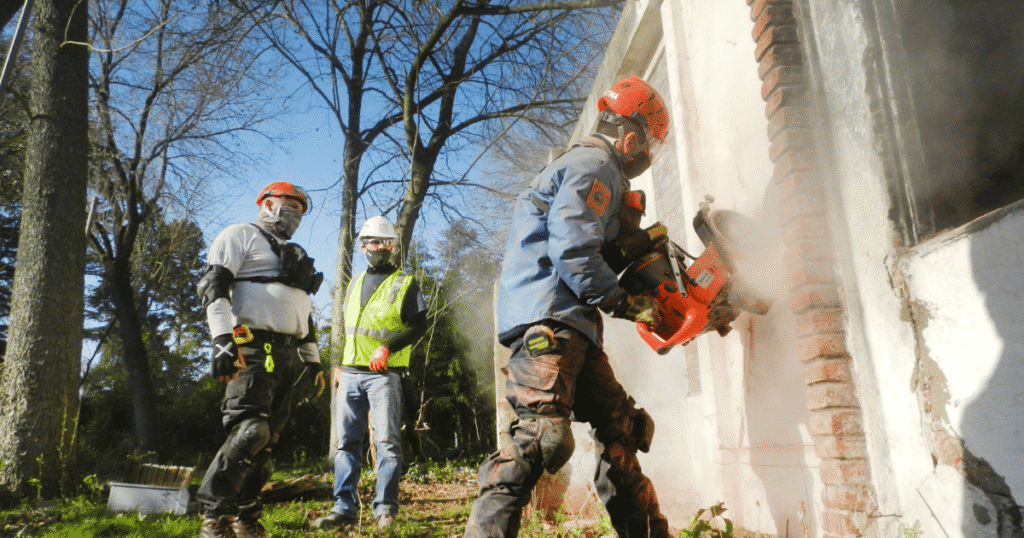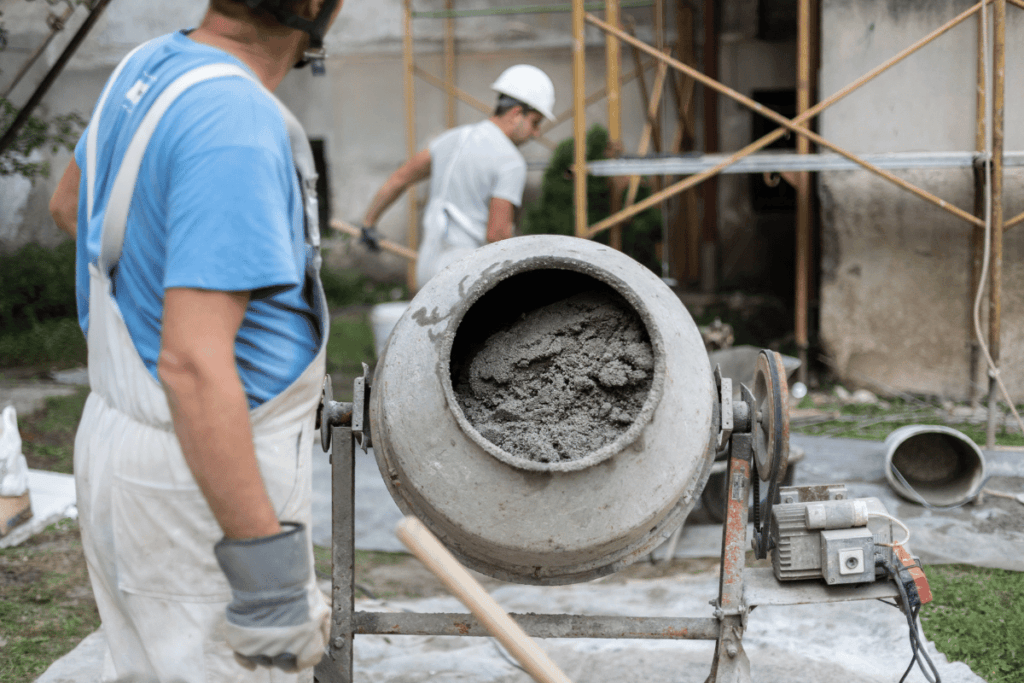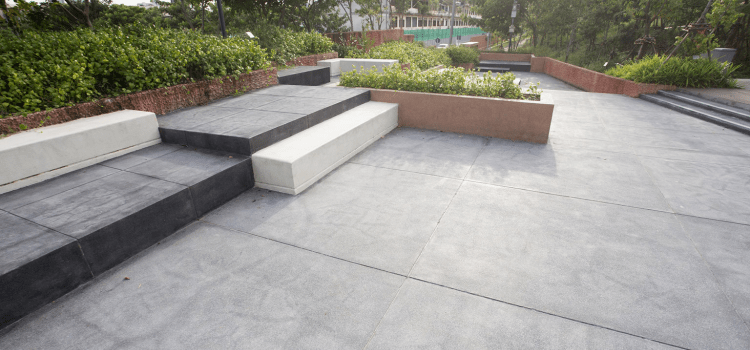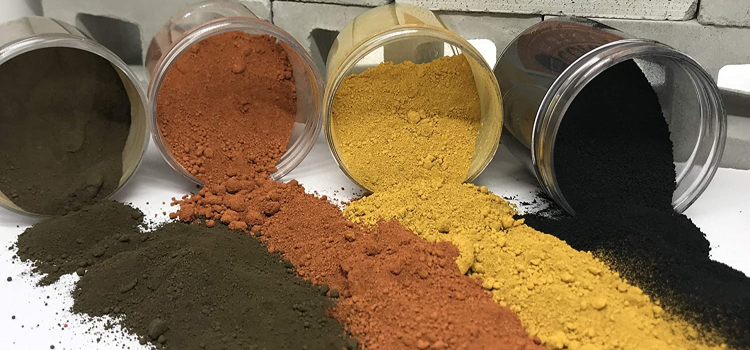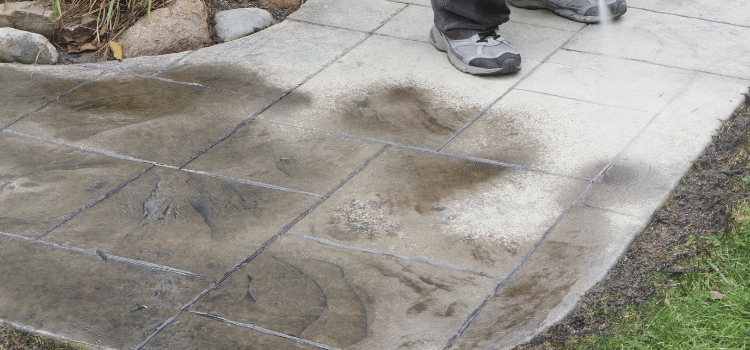In this post, we’re diving into concrete dust, more importantly, what is in concrete dust, why it’s a little more dangerous than it looks, and how you can protect yourself.
At first glance, concrete dust might seem like normal dust. But the truth is, it’s packed with some pretty intense materials.
What Is Concrete Dust Made Of?
Concrete itself is made up of:
- Cement (Usually made from limestone, clay, shells, and silica)
- Sand
- Gravel
- Water
When concrete gets cut, drilled, or broken, all those ingredients turn into tiny airborne particles.
Here’s a closer look at the main components found in concrete dust:
1 – Silica: This is the big one. Crystalline silica is found naturally in materials like sand, stone, and concrete.
It’s super fine and can be seriously harmful if inhaled over time.
2 – Calcium Compounds: Calcium oxide and calcium hydroxide can also be present, which are alkaline and irritating to your skin and lungs.
3 – Metal Traces: Depending on what additives were in the original concrete, there can be small amounts of metals like chromium and iron.
4 – Other Minerals: Things like aluminum, magnesium, and potassium show up too.
Basically, concrete dust is like a microscopic cocktail of minerals, and not the good-for-you kind!
Why Is Concrete Dust Dangerous?
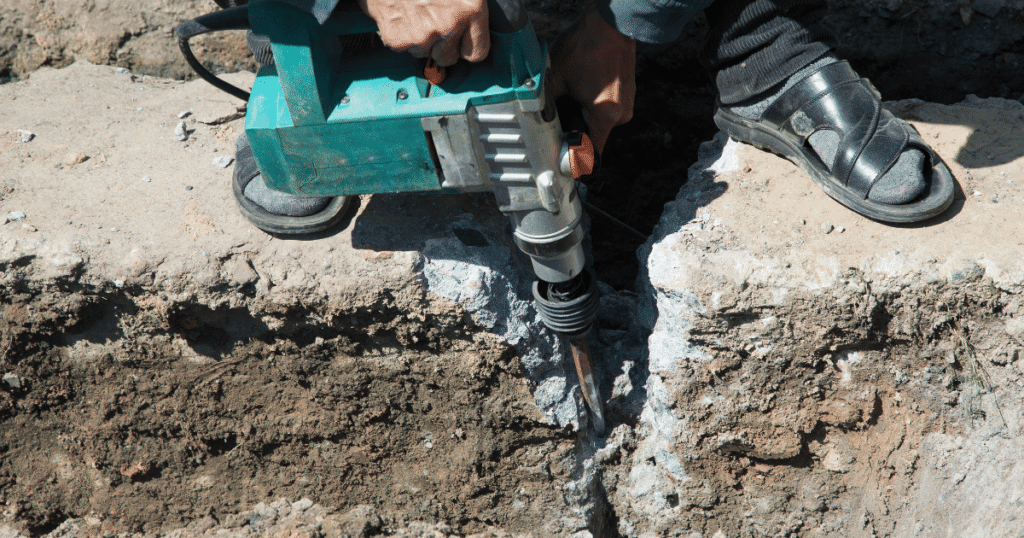
You might think, “It’s just dust, how bad can it be?” Honestly… pretty bad.
Long-term exposure to concrete dust can lead to some serious health issues, including:
- Silicosis: A lung disease caused by inhaling silica particles, leading to scarring of lung tissue.
- Chronic Obstructive Pulmonary Disease (COPD): Another lung issue that makes breathing hard over time.
- Lung Cancer: Prolonged exposure to crystalline silica can actually increase cancer risk.
- Skin and Eye Irritation: Concrete dust is highly alkaline, meaning it can cause burns and irritation on skin or in your eyes.
Even short-term exposure can leave you coughing and wheezing, especially if you’re working in enclosed spaces without proper ventilation.
Where You Might Encounter Dust From Concrete
You don’t have to be pouring skyscrapers to run into concrete dust.
It can appear in everyday situations, too!
Some common places you’ll find it include:
- Home renovation projects (especially cutting or grinding concrete)
- Demolition sites
- Sidewalk or driveway repairs
- Industrial construction zones
- DIY garage or basement builds
Even drilling a few holes for a new shelf can kick up more concrete dust than you’d expect!
How To Protect Yourself From Concrete Dust
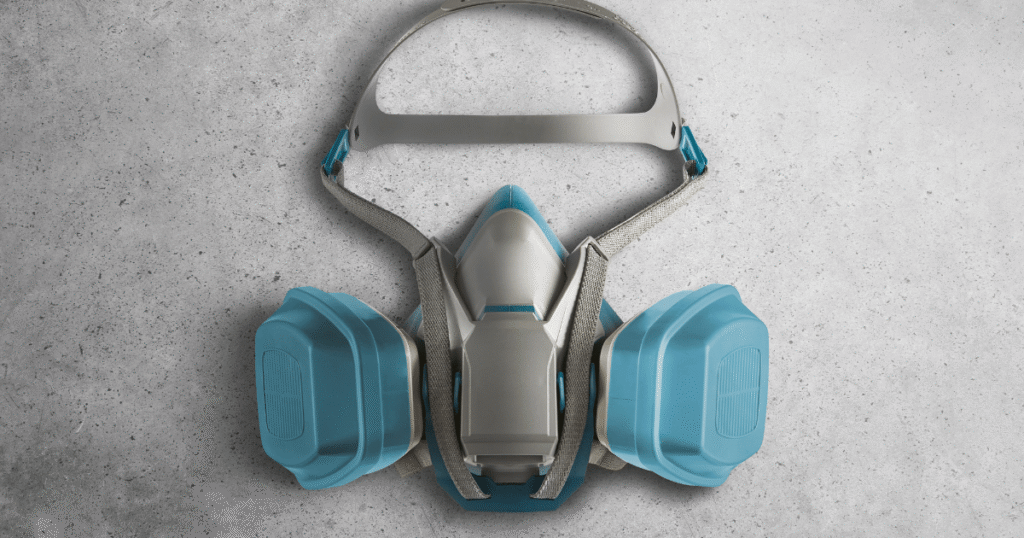
Alright, now that we know concrete dust isn’t exactly harmless, let’s talk about how you can stay safe around it.
Full-time concrete, or just helping break out concrete for the day, taking a few precautions can make a huge difference:
Here are some top tips for protection:
- Wear a respirator: Not just a regular dust mask, get one rated for silica particles.
- Water can help suppress dust when cutting or drilling.
- Vacuum, don’t sweep: Use HEPA-filter vacuums to clean up dust instead of stirring it back into the air.
- Set up proper ventilation: Especially important if you’re working indoors.
- Cover your skin and eyes: Long sleeves, gloves, and safety glasses are key.
- Use dust collection systems: Many power tools now come with attachments that suck up the dust at the source.
A little preparation can save you a ton of trouble down the line!
Final Thoughts: Respect The Dust
In short, concrete dust is a sneaky hazard you don’t want to ignore.
It’s loaded with tiny, harmful particles that can seriously mess with your health if you’re not careful.
Whether you’re cutting a driveway slab or drilling into your basement wall, make sure you’re using the right protection.
Your lungs (and your future self) will thank you.
Stay safe out there, and maybe next time you see that cloud of dust, you’ll give it the side-eye it deserves!

